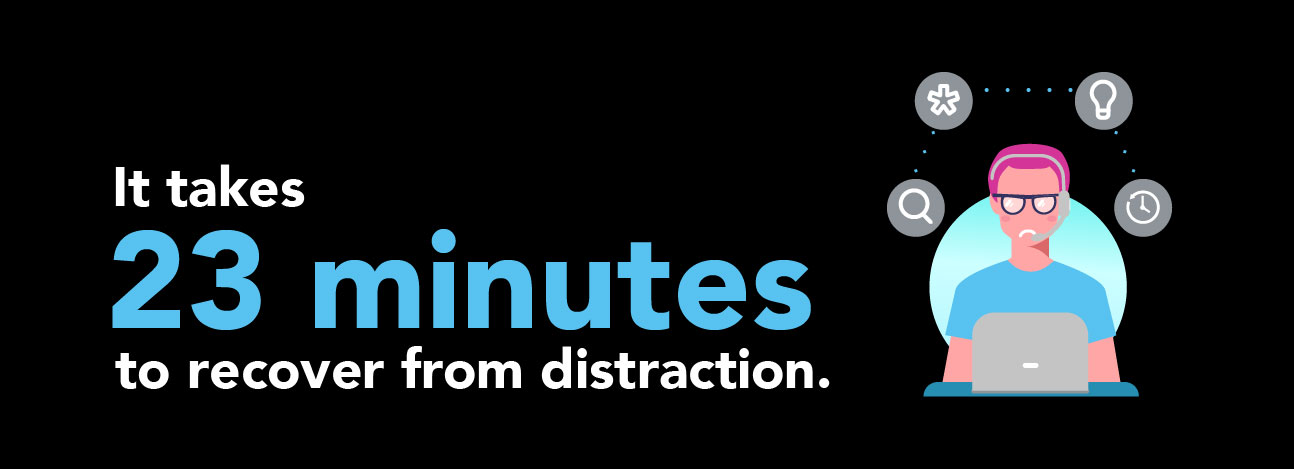Thinking about the types of businesses that run contact centres, you might not immediately think of an SME.
While it’s true that the penetration of contact centre technologies is lower in smaller organisations, over half of UK contact centres are under 50 seats. The uncertain economic climate and emerging technology show that now is the time for medium and larger SMEs to reconsider the economics of contact centres.
Contact centres in businesses of different sizes is the result of the history and the economics of voice-centric call centres. However, the economics of modern contact centres is different. Contact centres handle interactions across multiple voice and digital channels and use advanced features to help with processes and optimisation.
Historically, negative customer experiences in call centres arose if the agent wasn’t equipped to handle a query, resulting in a cost to productivity and revenue. Now, contact centres are more than a means to route calls to the right people; the added functionality is fast changing to the point at which the ROI makes sense.
The business case for a contact centre can be created by imagining what happens if an organisation doesn’t have one. Phone calls are directed to staff, possibly via a reception desk. The average 23 minutes it takes for someone to recover from a distraction is the penalty for back-office staff dealing with calls, resulting in a loss in value-generating contributions.

Modern contact centre solutions deal with multiple customer channels, with many offering lower transaction costs and faster experiences for customers with simple requests. They’re also an invaluable source of insight and analytics. Integrated speech and feedback tools can correlate responses with customer behaviour and inform better investments in operational or product enhancements.
The modern contact centres can help to drive efficiency by orchestrating and automating processes or sub processes, while reducing the cost. While call centres might have some reporting and planning tools, contact centres can offer resource forecasts and sophisticated reporting to better plan resource requirements. The ROI improvements from such features include reduced revenue loss from abandoned incoming sales calls, through to providing the optimal resources on each shift to control cost.
The behaviour of the contemporary consumer is accentuating these benefits. They expect to contact an organisation through their channel of choice, is impatient, expects a first-time resolution and a personalised response. Evidence suggests that they’re characterised by habit rather than brand loyalty, so will switch if unhappy.
Busy, resource-constrained SMEs are often the early adaptors of new technology, reflecting its importance in dealing with their competitive and commercial challenges. With fewer customers, the loss of a single costumer through poor interaction hits them harder. However, the types of CCaaS solutions offered by many vendors haven’t managed to break into the SME market.
There are implications for businesses of all sizes, but for SMEs, the previous considerations for a call centre have now changed. The ability to provide an exceptional customer experience is offered through different channels, automations, and the tools to help agents deal with calls promptly and effectively. Costs-to-serve are lower per interaction by virtue of the availability of lower cost channels and self-service. Bottom-line benefits are relatively greater, by virtue of fewer abandoned sales calls, real time and granular insight, and efficiency gains. That’s, in part, because an important barrier remains.
Based on our research and conversations with contact centre decision makers and our partners, we hear that CCaSS solutions are “big and complicated”. While benefits might be acknowledged by time-pressured managers, it can be a sizable project to implement. Adoption would mean a technology, and potentially, a business transformation where customer-facing staff need to be re-trained and many customer journeys re-designed. That’s not considering that many SMEs might only have an IT department of 1-2 people.
We are now offering a flexible way to buy CCaaS to help SMEs begin the journey to being a customer-centric business, without needing to do everything at once. Existing platforms and databases can be integrated, and new communication channels and sophisticated analytics added incrementally based on the business needs to reduce barriers and allow SMEs to derive benefits swiftly.
All these reasons suggest that it’s time for SMEs to reconsider contact centre solutions, especially if it has never made economic sense up until now.